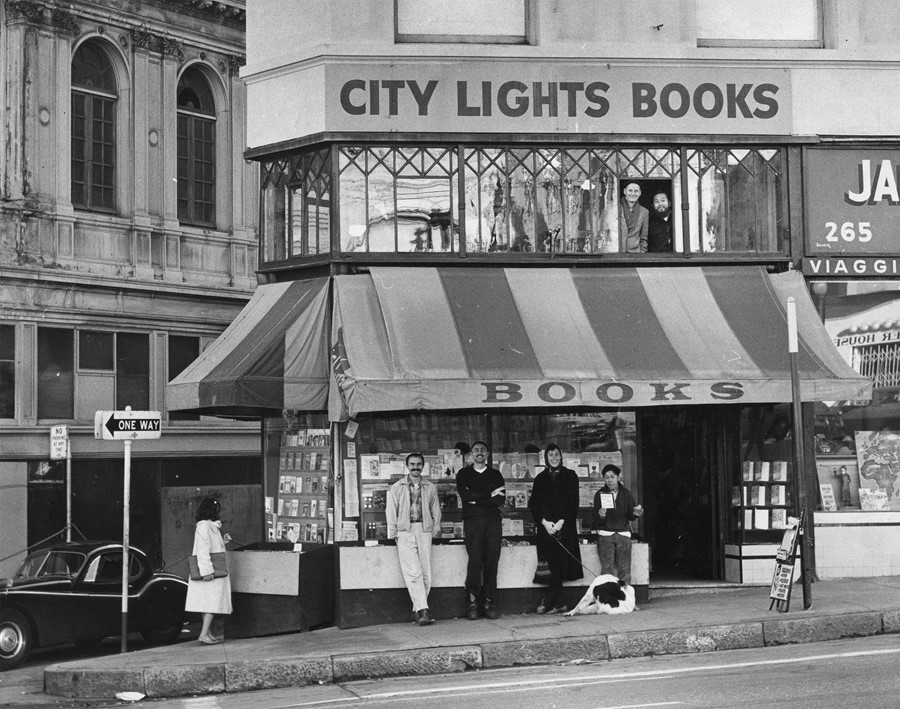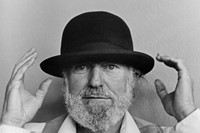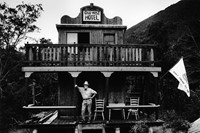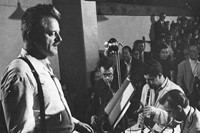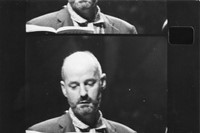A Brescia exhibition charts the legacy of Lawrence Ferlinghetti, the poet, painter and publisher who founded City Lights bookstore
Who? Lawrence Ferlinghetti once described poetry as “the shortest distance between two humans” – and as personal sentiments go, it is one that characterises him deftly. A poet, painter, publisher and the founder of America’s first paperback-only bookstore, Ferlinghetti has built his legacy out of forging creative connections to eradicate the distance between people, and this powerful role ensures he will forever remain one of the Beat Generation’s central protagonists.
His primary achievement? In 1953 Ferlinghetti founded the City Lights bookstore, thus creating the space that would become a crucial rendezvous point for San Francisco’s burgeoning literary scene. When, two years later, he followed this by starting his own printing press, he ensured he would forever have the necessary texts to fill it; he is perhaps best known for publishing Allen Ginsberg’s eviscerating Howl, in a move which saw him both face obscenity charges, and yet garner an even stronger following. Ginsberg was in good company – Ferlinghetti also swapped postcards with Frank O’Hara and drank with Jack Kerouac; his life was filled with the exuberance, vitality, passionate provocations and rhythmic determination of the Beat generation. And today at the age of 98, like his beloved bookshop, he’s still hard at work.
What? If it weren’t for formalities, we might never have learned Ferlinghetti’s real name – he was born in New York in 1919 and until his early twenties lived under the abbreviated ‘Ferling’ that had been adopted by his Italian migrant father upon his arrival in the states. In fact it wasn’t until Lawrence was applying for a birth certificate to serve as a naval officer in WW2 that he was finally made aware of his true moniker, switching over to the unabbreviated family name. Which story only serves to make his return to Brescia, initially in search of the birthplace of his father, all the more poignant. When first he made the journey, he was almost arrested for trespassing. This winter however he returns triumphant, as the subject of a rare retrospective at the Museum Santa Giulia.
It serves as a fitting tribute: in vibrantly painted rooms, a jukebox filled with original records hums melodies over Ferlinghetti’s extensive and elaborate paper trails. His youthful life drawings with their spindly ink bodies sit alongside smudged oil cityscapes, which in turn give way to cases upon cases of the abundant materials from the City Lights Archives: pamphlets, leaflets, cover art designs, and dust jackets abound. It is through the minutiae of things that the world is made, and for the curators of this exhibition the slips of wrinkled paper, worn bookmarks, and hastily hand-jotted notes are the true markers of Beats that have persisted.
As well as his more famous pen-pals, the exhibition explores Ferlinghetti’s lesser known Italian connections, including his friendship with the legendary Fernanda Pivano, who he met for the first time in 1962. Pivano, who had already made her name translating Hemingway for Italian readers, was an important advocate (and translator) of several Beat writers in Italy (think: Ginsberg and Kerouac). The profound friendship between Ferlinghetti and Pivano and her husband, the famed designer Ettore Sottsass, adds yet another rich archive of correspondence to the exhibition, and another layer to Ferlinghetti’s intricate portrait.
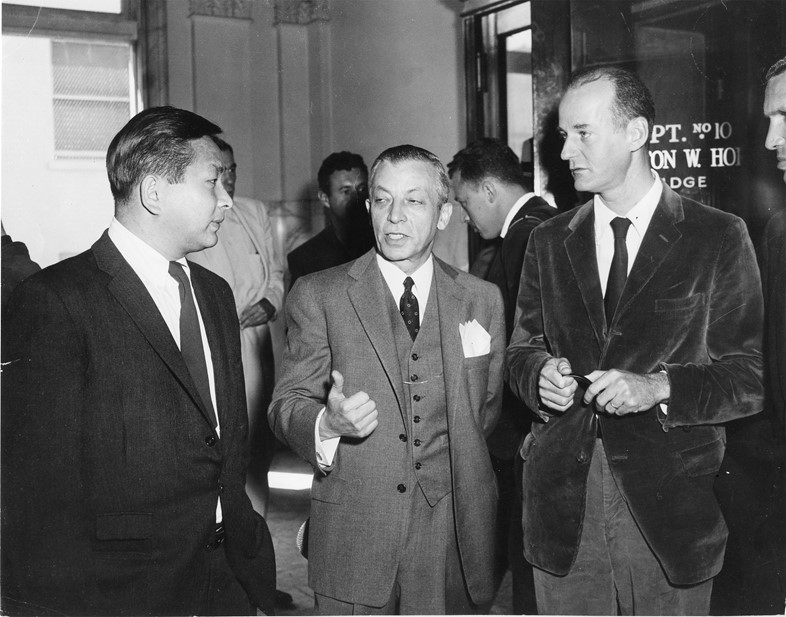
Why? In profiling the man, this exhibition, entitled A Life: Lawrence Ferlinghetti. Beat Generation, Revolution, Poetry, also profiles the story of one of the most captivating periods of literary history. It opens with the aftermath of WW2, and follows Ferlinghetti through his European exploration, his encounters with the birth of jazz in America, and the poetry that accompanied it. “Poetry can change the world, just like any art can change the world, by changing consciousness,” Ferlinghetti once wrote. Today his words feel more relevant than ever.
His wish for this exhibition was simple. “I hope that my painting and poetry, taken together, will shine through the years of living and dying, like a firefly in an ever-darkening sky,” he said. As his City Lights Bookstore continues to burn bright, it feels inevitable that Ferlinghetti’s personal legacy will continue to do the same.
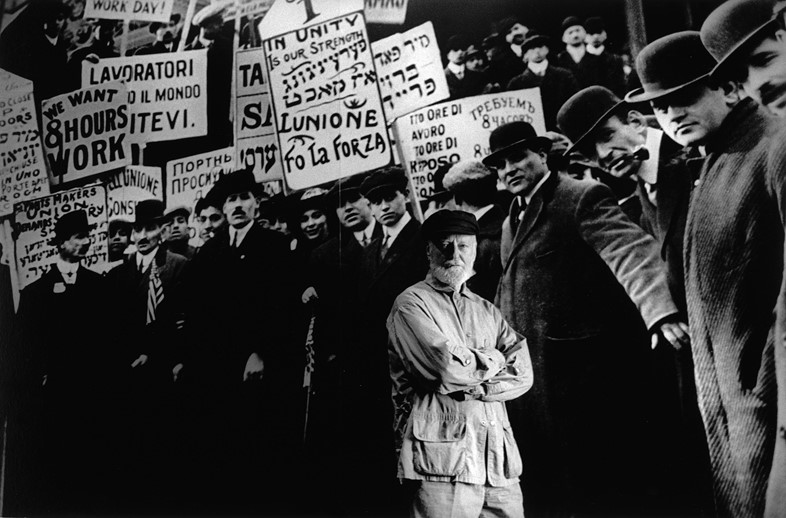
A Life: Lawrence Ferlinghetti. Beat Generation, Revolution, Poetry is currently on display at Museum Santa Giulia, Brescia, until January 14, 2018.
